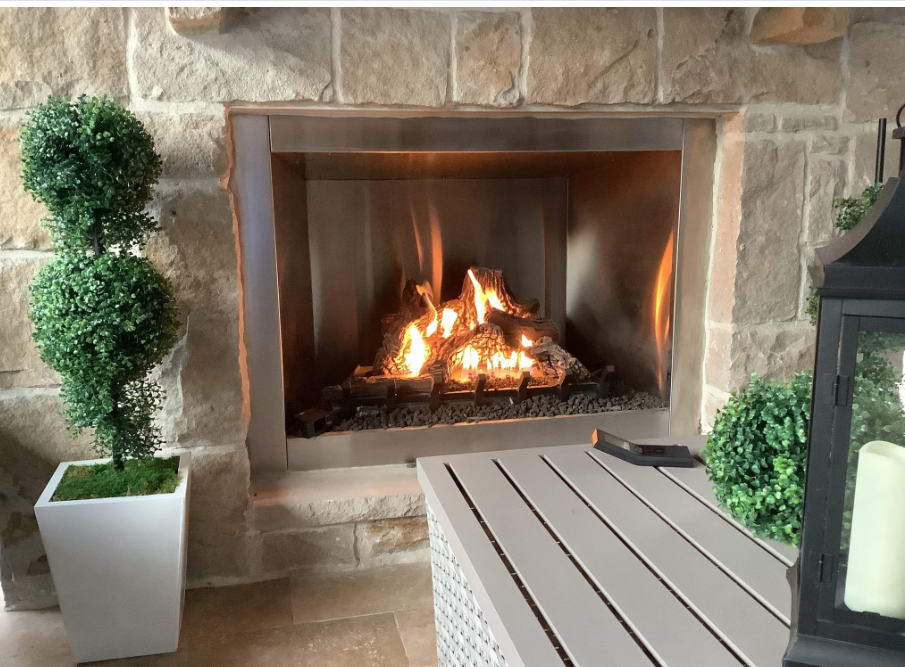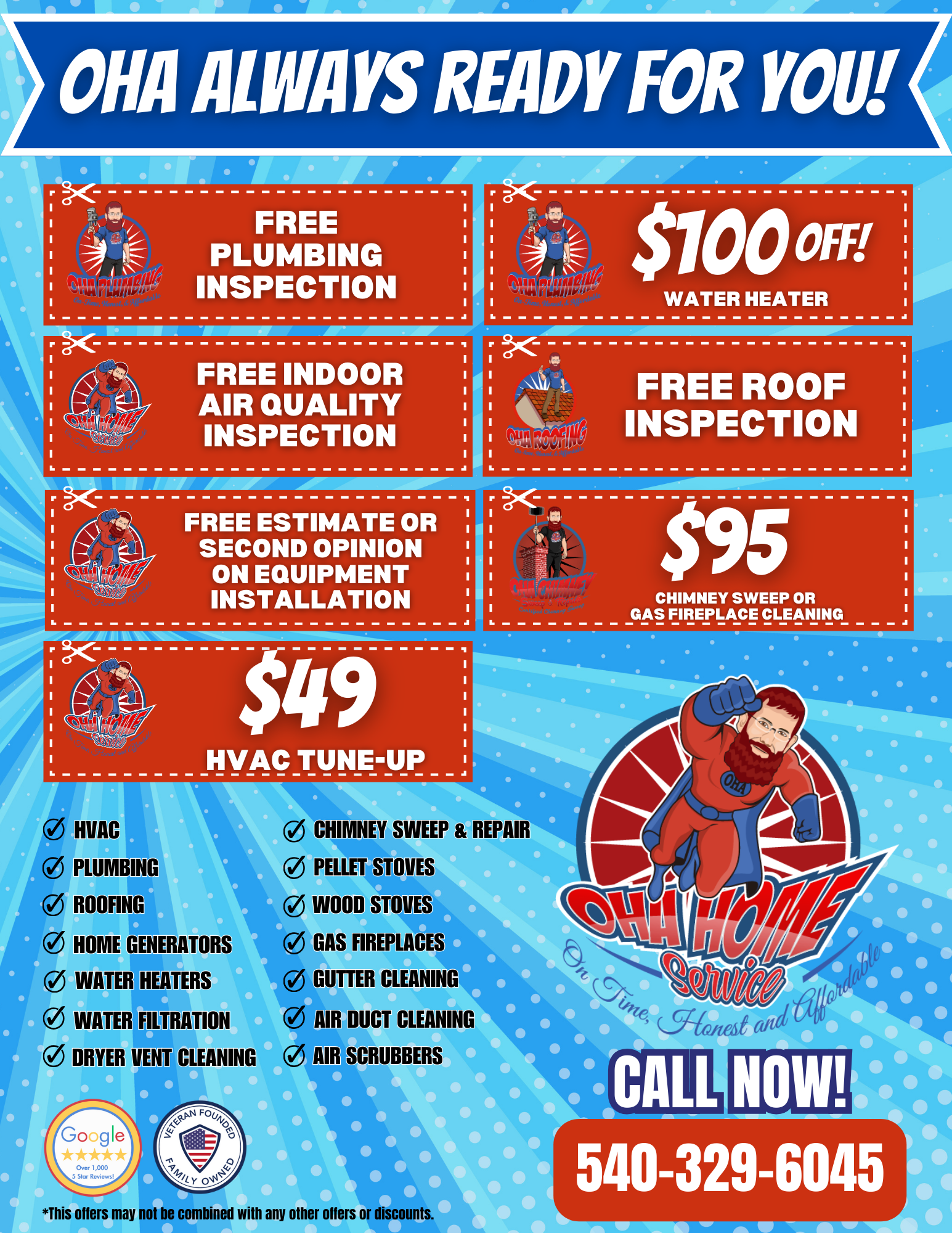Hey there, homeowner! Are you dreaming of cozying up by a warm fireplace but tangled in the “DIY vs. Pro” installation debate? You’re not alone! The choice isn’t just about saving a few bucks or showing off your DIY skills; it’s about safety, efficiency, and getting it right. Let’s dive into this hot topic and help you make an informed decision.
Understanding Fireplace Installation
Embarking on a fireplace installation journey? Great! Let’s break down what this really involves. It’s more than just picking a spot and setting up a unit; it’s about understanding the nuances of different types of fireplaces and ensuring everything aligns with safety and legal standards.
Types of Fireplaces and Their Specifics
1. Wood-Burning Fireplaces: These traditional favorites bring the classic charm of a real fire. But they demand a sturdy chimney system for safe operation. You’ll need to consider flue lining, chimney caps, and proper clearance from combustibles. Remember, wood-burning fireplaces require regular cleaning to prevent creosote buildup, which is a fire hazard.
2. Gas Fireplaces: These are loved for their convenience and efficiency. Installation here involves connecting to a gas line, which should always be done by a certified professional to prevent leaks and ensure proper ventilation. You’ll also need to think about venting – direct vent, vent-free, or natural vent – each with its own installation specifics.
3. Electric Fireplaces: The easiest to install, these plug-and-play models are versatile in placement. However, you still need to ensure they’re installed near an electrical outlet and adhere to electrical safety standards. They’re a great choice if you’re looking for minimal installation hassle.
Space and Ventilation: The Non-Negotiables
Regardless of the type, choosing the right location is crucial. Ensure there’s enough space, not just for the unit, but also for safe operation. This includes maintaining clearances around the fireplace, which is essential to prevent overheating of nearby materials.
Ventilation is another critical aspect, especially for wood-burning and gas fireplaces. Proper ventilation ensures harmful gases are expelled from your home, maintaining good indoor air quality. This can involve complex ductwork and should align with local building codes.
Adherence to Local Building Codes
This is where many DIY’ers stumble. Local building codes are in place for your safety and must be followed to the letter. These codes dictate everything from the type of materials you can use to the installation methods and ventilation requirements. Ignoring these can lead to unsafe conditions and even legal troubles down the line.
Compliance with building codes also extends to obtaining necessary permits before you start your installation. This might seem like a hassle, but it’s a crucial step in ensuring your fireplace installation is legal and safe.
Precision is Key
Lastly, remember that precision in installation can’t be overstated. A small error in measurements or overlooking a safety protocol can have significant consequences. Whether you’re a skilled DIY enthusiast or opting for professional help, maintaining a high standard of precision throughout the installation process is vital.
DIY Fireplace Installation: Pros and Cons
Tackling a fireplace installation on your own can be an exciting project, but it’s crucial to weigh the pros and cons carefully. DIY fireplace installation has its attractions, but it also comes with significant responsibilities.
Pros of DIY Fireplace Installation
1. Cost Savings: One of the most apparent benefits of DIY is the potential to save money. Professional installation can be costly and doing it yourself means you’re cutting out the labor costs. If you’re on a tight budget, this can be a major advantage.
2. Flexibility: When you manage the installation yourself, you set the schedule. You have the freedom to work at your own pace, fitting the project around your personal and work life. This flexibility is especially appealing for those with busy schedules or those who enjoy working on projects over weekends or in stages.
3. Personal Satisfaction: There’s a unique sense of accomplishment in completing a home improvement project with your own hands. Successfully installing a fireplace can give you a sense of pride and satisfaction that’s hard to replicate with professional services.
Cons of DIY Fireplace Installation
1. Technical Challenges: Fireplace installation isn’t a simple task. It involves understanding complex systems, especially if you’re dealing with gas or wood-burning units. You’ll need a good grasp of technical details like venting systems, gas connections, electrical wiring (for electric fireplaces), and adherence to safety standards.
2. Safety Concerns: This is arguably the most critical aspect. A mistake in installing a fireplace can lead to severe risks, including fire hazards, carbon monoxide poisoning, or gas leaks. The consequences of improper installation can be life-threatening. Always prioritize safety over cost or convenience.
3. Time-Consuming: If you lack professional expertise, you might find yourself spending an inordinate amount of time figuring things out. What professionals can do in a few hours might take you days. Also, troubleshooting any issues that arise can be challenging without the right knowledge and experience.
Best Suited For:
DIY fireplace installation is best suited for simpler projects, like installing an electric fireplace, which generally involves fewer technical complexities. However, even with these, you should have a solid understanding of electrical systems and safety protocols. It is also essential to make sure you check with your local authorities regarding permits. If you have experience in home improvement projects and feel confident in your ability to follow instructions precisely, DIY might be a viable option for you.
Hiring a Professional for Fireplace Installation: Pros and Cons
When it comes to installing a fireplace, enlisting the services of a professional can be a wise decision. It’s crucial, however, to understand both the advantages and potential drawbacks of this route to ensure you’re making the best choice for your home and family.
Pros of Hiring a Professional
1. Expertise and Efficiency: Professionals bring a wealth of experience and specialized knowledge to the table. They are well-versed in different types of fireplace installations and can handle complex tasks more efficiently than an amateur. Their expertise often translates into a quicker and more seamless installation process.
2. Safety: This is perhaps the most compelling reason to hire a professional. They are trained to adhere to the highest safety standards, ensuring that your fireplace is installed correctly and safely. This is especially important for gas and wood-burning fireplaces, where incorrect installation can lead to serious hazards.
3. Peace of Mind: Many professional installers offer warranties or guarantees on their work. This means if something goes wrong, you’re covered. Also, knowing that an expert has handled the installation can give you a sense of security and confidence in the safety and functionality of your fireplace.
Cons of Hiring a Professional
1. Higher Cost: Professional expertise comes at a price. The cost of hiring a professional installer is typically higher than doing it yourself. This includes the cost of labor, and, in some cases, the materials and tools required for the job.
2. Scheduling: Working with professionals means you’re subject to their schedule. This could lead to a longer wait time for your installation, especially during peak seasons when their services are in high demand.
Choosing a Contractor
Finding the right contractor is a critical step in the professional installation process. Here are some tips:
1. Check Licenses and Certifications: Ensure the contractor is licensed and certified to perform fireplace installations. This is a basic requirement for any professional in the field.
2. Look for References and Reviews: Ask for references or look for online reviews. Hearing about others’ experiences with the contractor can give you insight into their reliability and quality of work.
3. Get Clear Quotes: Before committing, get a detailed quote outlining the costs, timeline, and scope of the work. This helps avoid surprises and ensures you know what you’re paying for.
4. Interview Potential Contractors: Don’t hesitate to ask questions about their experience, approach to safety, and how they handle unexpected issues. A reputable professional should be willing and able to answer your queries.
Cost Comparison: DIY vs. Professional Fireplace Installation
When it comes to fireplace installation, the cost is a major factor in the decision-making process. Understanding the financial implications of both DIY and professional installation can help you make a budget-friendly choice without compromising on quality and safety.
The Real Cost of DIY
1. Initial Savings: Yes, opting for a DIY approach can save you the labor costs associated with professional installation. However, this is just one part of the financial equation.
2. Hidden Expenses: DIY installation requires tools and materials, which can add up quickly. You might need to purchase specialized tools, safety gear, and installation materials. Additionally, if you make a mistake, the cost of fixing it can surpass the initial savings.
3. Your Time is Valuable: Time is an often overlooked asset. DIY projects can be time-consuming, especially if you’re learning as you go. The hours or days you spend on installation have a value that should be factored into the cost.
The Investment in Professional Installation
1. Higher Initial Cost: Hiring a professional undoubtedly comes with a higher upfront cost. This includes labor, expertise, and sometimes the materials and tools needed for the installation.
2. Long-Term Savings: A professional installation might be more cost-effective in the long run. Proper installation ensures maximum efficiency and minimizes the risk of future repairs, which can be costly.
3. Safety Assurance and Warranties: Professionals usually offer warranties on their work, providing added value. If something goes wrong, it’s covered under their service, saving you potential future expenses.
Safety Considerations in Fireplace Installation
Whether you choose DIY or professional installation, safety must be your top priority.
1. DIY Safety: If you’re going the DIY route, thorough research and strict adherence to safety guidelines and permits are non-negotiable. This includes understanding proper ventilation, correct installation techniques, and the specific safety requirements of your chosen fireplace type.
2. Professional Know-How: Professionals are trained to handle the inherent risks of fireplace installation. Their experience and knowledge in dealing with complex safety issues provide peace of mind that the installation is as safe as possible.
Legal and Insurance Implications
Understanding the legal and insurance aspects is crucial in making an informed decision.
1. Building Codes and Permits: Both DIY and professional installations must comply with local building codes and regulations. Obtaining the necessary permits is not just a legal requirement but a safeguard for you as a homeowner. An unpermitted installation can result in legal issues and significant financial penalties.
2. Impact on Insurance and Resale Value: Your choice of installation can affect your home insurance policies and potential resale value. Many insurance companies require that installations like fireplaces be done by licensed professionals. DIY installations, if not up to standard, can lead to increased insurance premiums or even denial of coverage in the event of an incident.

Making the Decision: DIY or Pro for Fireplace Installation?
Deciding between a DIY approach or hiring a professional for your fireplace installation is a significant decision. It’s not just about the immediate costs and benefits; it’s about ensuring long-term safety, efficiency, and satisfaction with your new fireplace. Here’s a more detailed toolkit to guide you through this decision-making process.
Assessing Your Skills
1. Evaluate Your DIY Experience: Consider your past home improvement projects. Have you tackled similar tasks before? Fireplace installation requires a certain level of technical skill, particularly if you’re considering a gas or wood-burning unit.
2. Learning Curve: If you’re new to this type of work, think about your willingness and ability to learn. There are plenty of resources available, but remember, understanding complex instructions underpins the success of your project.
Understanding the Complexity of Your Chosen Fireplace
1. Different Fireplaces, Different Challenges: The type of fireplace you choose greatly impacts the installation process. An electric fireplace generally involves simpler installation compared to gas or wood-burning models, which require detailed knowledge about venting systems, gas connections, and flue liners.
2. Research Thoroughly: Before deciding, research the specific installation requirements for your chosen fireplace. Manufacturer’s guidelines, online forums, and installation videos can offer valuable insights.
Checking Your Budget
1. Upfront Costs vs. Long-Term Investment: A clear understanding of your budget is crucial. DIY might seem less expensive upfront, but consider potential hidden costs like tools, materials, and any modifications your home may need. Conversely, while professional installation is costlier initially, it can be a sound investment in terms of safety and quality.
2. Unexpected Expenses: Factor in the possibility of unforeseen costs. In DIY, a mistake can lead to additional expenses, whereas professional installers often offer fixed pricing.
Weighing the Safety Factors
1. Safety is Paramount: The safety of your home and family should be the top priority. An incorrectly installed fireplace can be extremely dangerous. Understand the safety risks involved in a DIY installation, including fire hazards, carbon monoxide poisoning, or gas leaks.
2. Professional Safety Standards: Professionals are trained to meet strict safety standards and are usually up to date with the latest safety protocols and building codes.
Additional Considerations
1. Time Commitment: Consider the amount of time you can realistically dedicate to the project. Professional installation is typically faster and less disruptive to your daily routine.
2. Future Resale Value and Insurance: Think about how your decision will impact your home’s resale value and insurance. Professional installations often come with certifications that can be beneficial in these aspects.
Take your time with this decision. It’s not just a financial investment; it’s an investment in your home’s safety and comfort. By carefully evaluating your skills, the complexity of the installation, your budget, and the critical safety considerations, you’ll be well-equipped to make the best choice for your home and family.
Ready for a Hassle-Free Fireplace Installation?
Choose OHA HVAC, Plumbing, Roofing, Chimney & Fireplaces, where over 30 years of experience and a reputation backed by more than 1,000 five-star Google reviews speak for themselves. As a veteran-owned business, we guarantee on-time service, transparent pricing with no hidden fees, and unparalleled customer satisfaction. We understand the importance of trust and safety, which is why all our technicians are thoroughly background-checked. Plus, with our flexible financing options, your dream fireplace is within reach. We come prepared to complete the job on our first visit, ensuring efficiency and convenience. If you’re not happy, we’re not happy. Contact OHA HVAC, Plumbing, Roofing, Chimney & Fireplaces today and experience the warmth of exceptional service!











